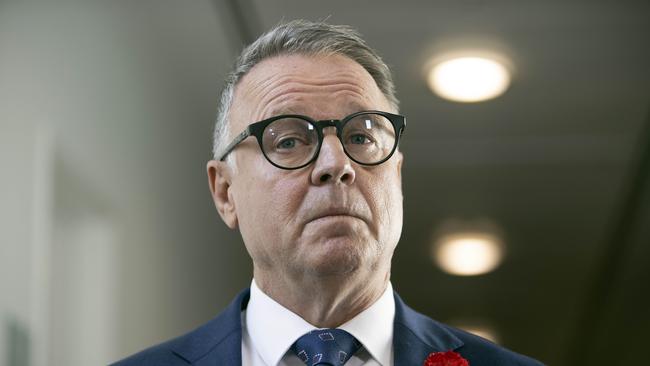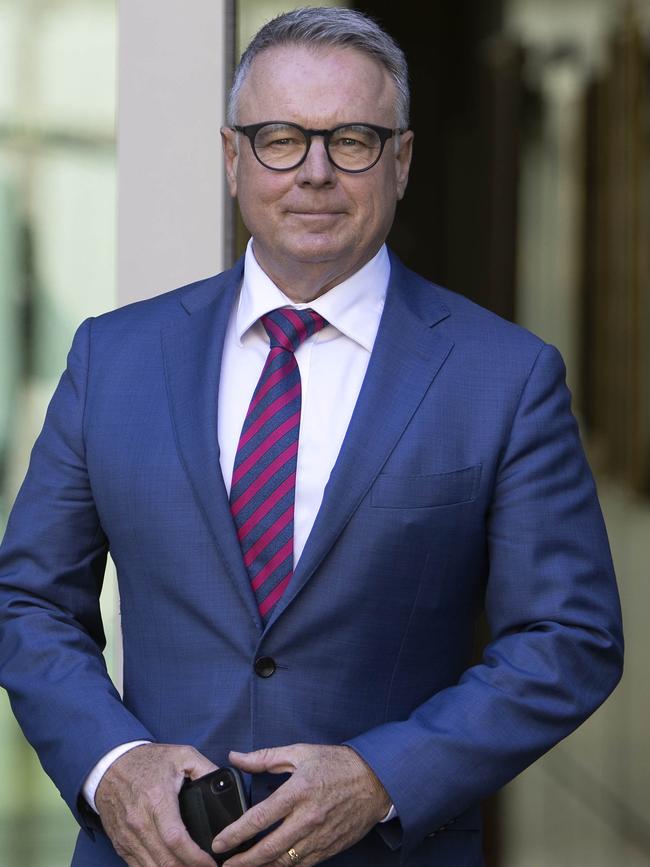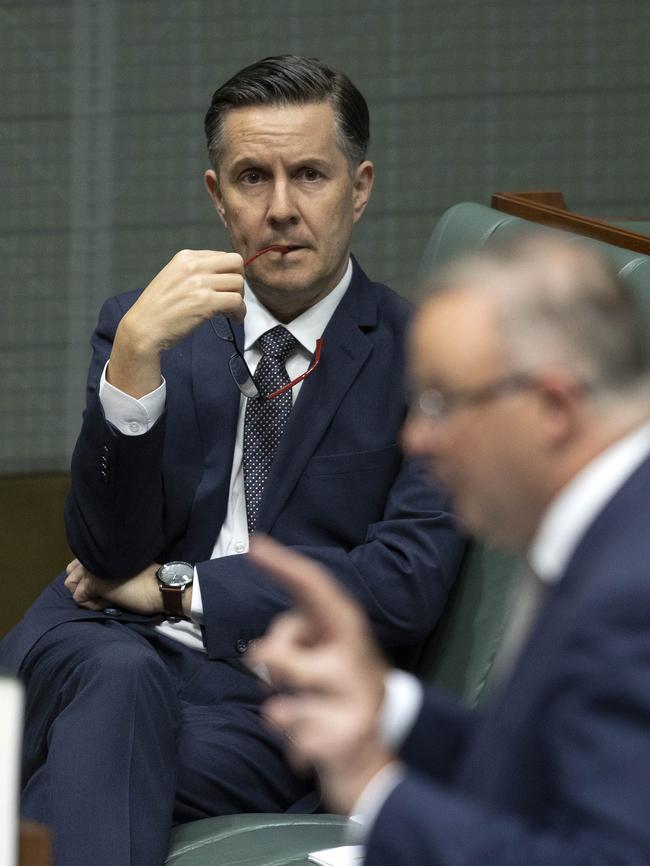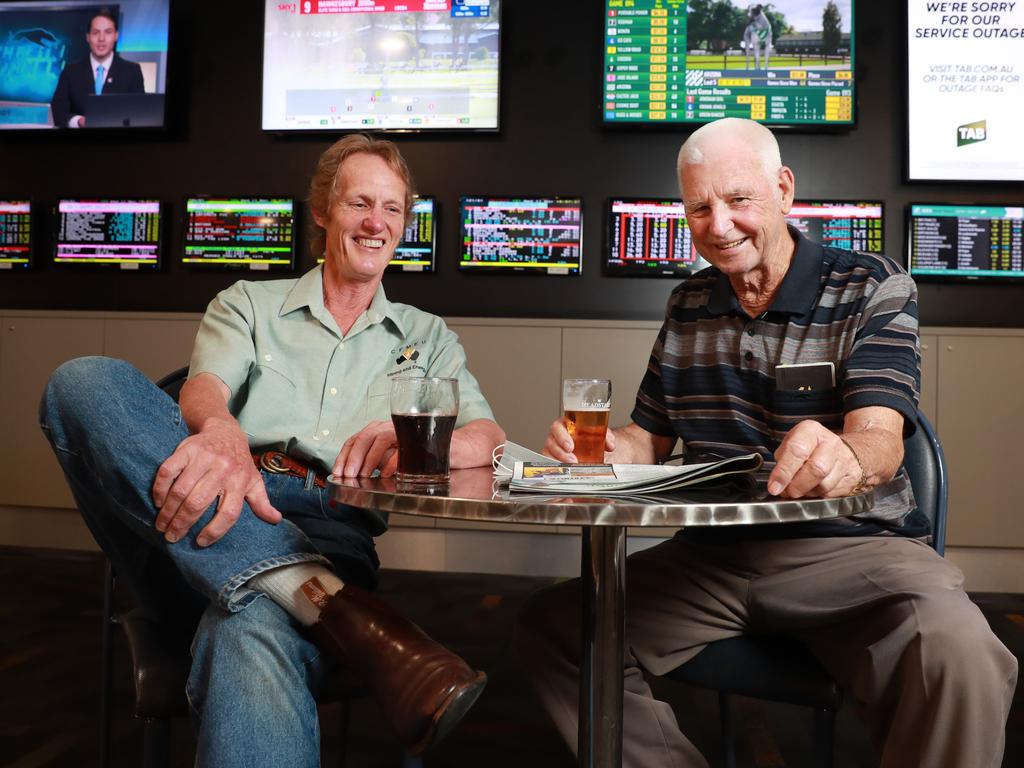
Charles Dickens could write a bit although any English teacher worth his or her salt would have frowned upon his emphasis on the comma over the full stop.
The opening paragraph of A Tale of Two Cities heralds a story of family and love rent asunder by relentless conflict. Labor would do well to reflect on it. Where hope springs for the oldest political party in Australia, it is simultaneously crippled by despair driven by a dismal recent history of electoral defeat with just one win and a draw in the last 27 years.
For much of that time, Labor has been fighting a battle on two fronts. In its inner urban seats, the Greens are assembled to the Left and in the suburbs and the regions, the Coalition to the right.

To add to the duality, the party is in the ascendancy in the states and territories, having retained government in elections in the two territories this year while the Palaszczuk government in Queensland has increased its majority by two and probably four seats. The McGowan government in WA is next cab off the rank on March 13, 2021 and is likely to increase its already stonking majority in the lower house.
But at a federal level, Labor’s primary vote remains in the doldrums. The rule of thumb is the party cannot win federal elections unless its primary vote nudges the high 30 percentile.
In the 2019 debacle it was 33.3 per cent having tumbled from 43.4 per cent in 2007. In 2010, it sat on 38, and since then, it has not risen above one third of all primary votes cast.
Joel Fitzgibbon resigned from the shadow cabinet frustrated Labor was showing no sign or willingness to reconnect with its once solid blue-collar base.
For his trouble Fitzgibbon was cast as a Labor maverick, a man out of step with the party, out of step with the times, out of step with climate policy (whatever that is at the moment is anyone’s guess) but the member for Hunter is no solitary figure in the caucus. As convener of the Centre Right faction in Canberra, Fitzgibbon has support from many of his Labor colleagues. There is a good deal of sympathy for Fitzgibbon’s plight but just how many are prepared to go to the barricades is difficult to say, perhaps a cricket team in a 94-member caucus, perhaps more.
Fitzgibbon entered the parliament in 1996 when the Keating government was hurled from power. The Hunter has been one of the safest Labor seats in the country. Fitzgibbon has only had to go to preferences to retain the seat twice, in the big loss to Tony Abbott’s Coalition in 2013 and again in 2019 where Labor’s primary vote in the seat hit a record low of 38.7 per cent.
Over that 24-year period, the vote of Fitzgibbon’s major party rival, The Nationals, has remained fairly stable having risen briefly to 35 per cent in 2013. One Nation barely troubled the scorers where they ran candidates at all until 2019 when the party of Hanson polled 22 per cent of the primary vote, almost all of it taken from Labor.
If Fitzgibbon has a problem, it is first and foremost a One Nation problem. It is the regional equivalent of the threat many Labor MPs face in inner city seats, albeit against the Greens.
For these MPs Adani is anathema and coal mining an ugly relic of fossil fuel technologies that must be cast aside in favour of renewables.


The prevailing wisdom runs that either these MPs survive, and Fitzgibbon and other regional Labor MPs go or vice versa. The Labor Party cannot serve two masters.
The question for Fitzgibbon is, deeply shaken after his narrow win in Hunter and a 2PP 10 per cent swing against him, is One Nation’s appeal at more than one in five voters a permanent feature in Hunter? More importantly does that sudden rise reflect a sense that Labor has betrayed its base?
Direct employment from mining makes up about five per cent of all jobs in the Hunter Valley.
In 2015, employment in coal mining in the Hunter Valley fell below 20,000 for the first time in five years and has not crossed that mark since. It now sits around 16,000 jobs. There is attrition there, some of it driven by automation and robotics, the endless drive of technology.
But other, greater threats to employment in the region are driven by the opening of new coal mines elsewhere in the Bowen Basin. Fitzgibbon has continued to support the Adani mine as well as other new mine approvals in Queensland, but he does in the certain knowledge that these new mines boasting state of the art technology will bite into the profitability of coal mines in his own electorate. New mines, new technologies and closer to export markets will win the day.
It would be difficult to imagine that miners in the Hunter don’t appreciate this. Similarly, they will know the future of thermal coal cannot be guaranteed beyond the next decade.
After shearers, coal miners are the soul of the Labor Party. To cast them adrift would be an act of bastardry and betrayal that would see the deeply rhetorical questions writ large — what does Labor really stand for and who on Earth do they represent?
The challenge for Labor is to create policy that ensures employment security of high paying jobs in regions like the Hunter. Where change is coming it needs to be planned and prepared for and those affected most by it, comforted by the fact that they will not be left to fend for themselves. At present and in the recent past, Labor has nothing to show but a policy vacuum.
In the end, Fitzgibbon’s problems are a mirror image of Labor’s and until resolved, the worst of times will continue for Labor.








“It was the best of times, it was the worst of times, it was the age of wisdom, it was the age of foolishness, it was the epoch of belief, it was the epoch of incredulity, it was the season of light, it was the season of darkness, it was the spring of hope, it was the winter of despair.”